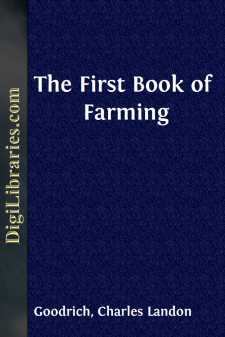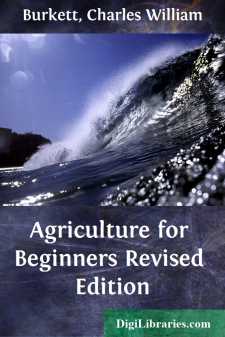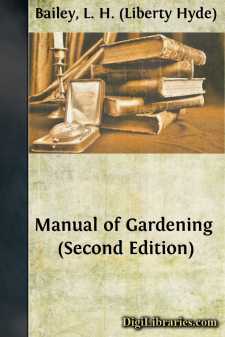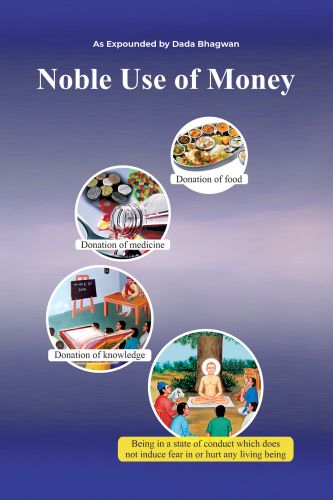Categories
- Antiques & Collectibles 13
- Architecture 36
- Art 48
- Bibles 22
- Biography & Autobiography 813
- Body, Mind & Spirit 142
- Business & Economics 28
- Children's Books 17
- Children's Fiction 14
- Computers 4
- Cooking 94
- Crafts & Hobbies 4
- Drama 346
- Education 46
- Family & Relationships 57
- Fiction 11829
- Games 19
- Gardening 17
- Health & Fitness 34
- History 1377
- House & Home 1
- Humor 147
- Juvenile Fiction 1873
- Juvenile Nonfiction 202
- Language Arts & Disciplines 88
- Law 16
- Literary Collections 686
- Literary Criticism 179
- Mathematics 13
- Medical 41
- Music 40
- Nature 179
- Non-Classifiable 1768
- Performing Arts 7
- Periodicals 1453
- Philosophy 64
- Photography 2
- Poetry 896
- Political Science 203
- Psychology 42
- Reference 154
- Religion 513
- Science 126
- Self-Help 84
- Social Science 81
- Sports & Recreation 34
- Study Aids 3
- Technology & Engineering 59
- Transportation 23
- Travel 463
- True Crime 29
The First Book of Farming
Categories:
Description:
Excerpt
CHAPTER I
Our object in reading and studying this book is to find out some facts that will help those of us who are thinking of going into farming and gardening as a business or recreation to start right, and will also help those of us that are already in the business to make our farms and gardens more productive.
In order to make the book of greatest value to you, I would urge you not only to read and study it, but also to make the excursions suggested and to perform the experiments. In other words, it will be of much greater value to you if you will make the observations and investigations and find out for yourselves the important facts and principles rather than simply take statements of the book unquestioned.
A very good time to begin this work is during the latter part of the summer, when the summer crops are ripening and the fall and winter crops are starting into growth. So suppose we begin our study with a visit to some farm in early September, to bring to mind the many things a farmer works with, the many things he has to think about and know about.
As we approach the farm we will probably see first the farm-house surrounded by shade trees, perhaps elms or maples, with the barns and other buildings grouped nearby. As we pass up the front walk we notice more or less lawn of neatly clipped grass, with flower beds bordering the walk, or we may find a number of chickens occupying the front yard, and the flower beds, placed in red half-barrels, set upon short posts. In the flower beds we may find petunias, nasturtiums, geraniums, rose bushes and other flowering plants. Going around the house, we come upon the dairy, with its rack of cans and pans set out for the daily sunning and airing. Nearby is a well with its oaken bucket; at the barn we find the farmer, and he very kindly consents to go with us to answer questions. In the barn and sheds we find wagons, plows, harrows, seed drills, hoes, rakes, scythes and many other tools and machines. Passing on to the fields, we go through the vegetable garden, where are carrots, parsnips, cabbages, beets, celery, sage and many other vegetables and herbs.
On the right, we see a field of corn just ready to harvest, and beyond a field of potatoes. On the left is the orchard, and we are invited to refresh ourselves with juicy apples. In the field beyond the hired man is plowing with a fine team of horses. In the South we would find a field of cotton and one of sweet potatoes, and perhaps sugar cane or peanuts. We have not failed to notice the pig weeds in the corn field nor the rag weed in the wheat stubble, and many other weeds and grasses in the fence corners.
Perhaps we may meet the cows coming from pasture to the stable. All the way we have been trampling on something very important which we will notice on our way back. In this field we find a coarse sandy soil, in the next one a soil that is finer and stiffer. The plow is turning up a reddish soil. In the garden we find the soil quite dark in color....












